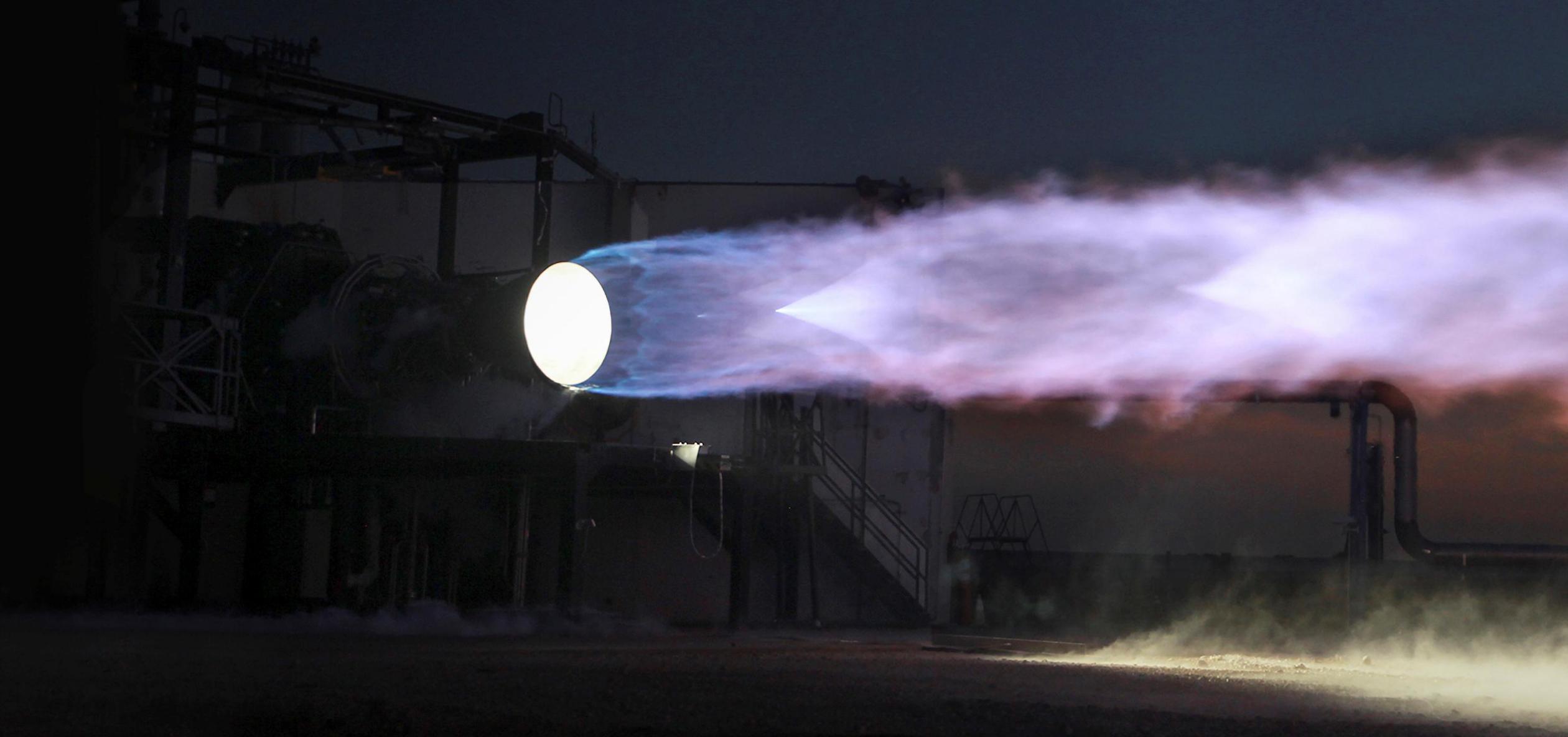
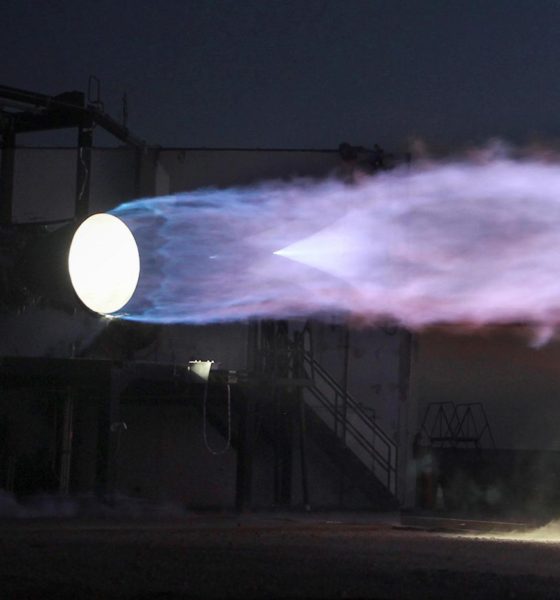
News
SpaceX fires up first upgraded Starship engine
CEO Elon Musk has implicitly revealed that SpaceX recently conducted the first test of Starship’s new Raptor 2 engine.
Aside from kicking off integrated static fire testing of a refined, operationalized version of Raptor, the first prototype may have briefly become the most powerful engine of its kind ever tested before destroying itself. While not quite as successful as the first static fire campaign of a full-scale Raptor 1 engine, which survived several tests, the first Raptor 2 prototype’s early demise is still a routine part of engine development and is the start of a process that should ultimately produce a Super Heavy booster with 50% more thrust than the next most powerful rocket ever flown.
Prior to last weekend, it’s likely that competitor Blue Origin’s BE-4 – still in development and hoped to one day power ULA’s Vulcan and the company’s own reusable New Glenn – was the most powerful methane/oxygen rocket engine ever tested. BE-4 is designed to produce up to 244 tons (~539,000 lbf) of thrust. On its very first static fire, it appears that SpaceX’s first finished Raptor 2 prototype has narrowly stolen BE-4’s crown, briefly generating main combustion chamber pressures of 321 bar (~4650 psi) and as much as 245 tons (~540,000 lbf) of thrust.
To BE-4’s credit, the engine (at least as far as Blue Origin’s sparse public communications go) didn’t destroy itself after its first full-thrust static fire. Raptor 2 wasn’t so lucky and apparently exploded before completing its first test. There’s also some ambiguity as Blue Origin’s own website pegs BE-4 thrust at “2400 kN (550,000 lbf)” when 2400 kilonewtons is actually equivalent to 539,000 lbf. Regardless, designed to produce up to 230 tons (~510,000 lbf) of thrust in flight, Musk has said that Raptor 2 or V2.0 “is a major improvement in simplification” over Raptor 1, which nominally produces up to 185 tons (~410,000 lbf) of thrust at chamber pressures closer to 270 bar (~3900 psi).
It’s not all that surprising, then, that the first Raptor 2 prototype ever completed exploded when SpaceX pushed it to almost 107% of its maximum rated thrust and main chamber pressure during its first test.
Though impressive, SpaceX has technically pushed Raptor 1 prototypes further – and without failure. Musk later indicated that there was some damage present but a fairly young Raptor 1 engine still made it all the way up to 330 bar (~4800 psi) and spent about 10 seconds at chamber pressures above 320 bar without failure during an August 2020 stress test. Still, had the Raptor 2 prototype also made it to 330 bar, it would have produced around 252 tons (555,000 lbf) of thrust – 12% more than its Raptor 1 predecessor.
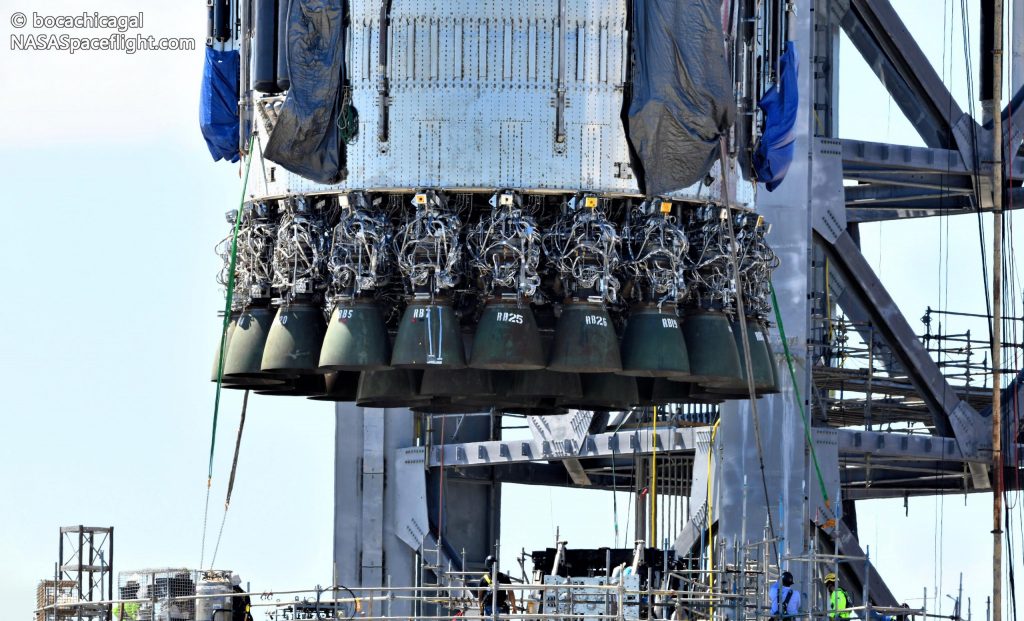
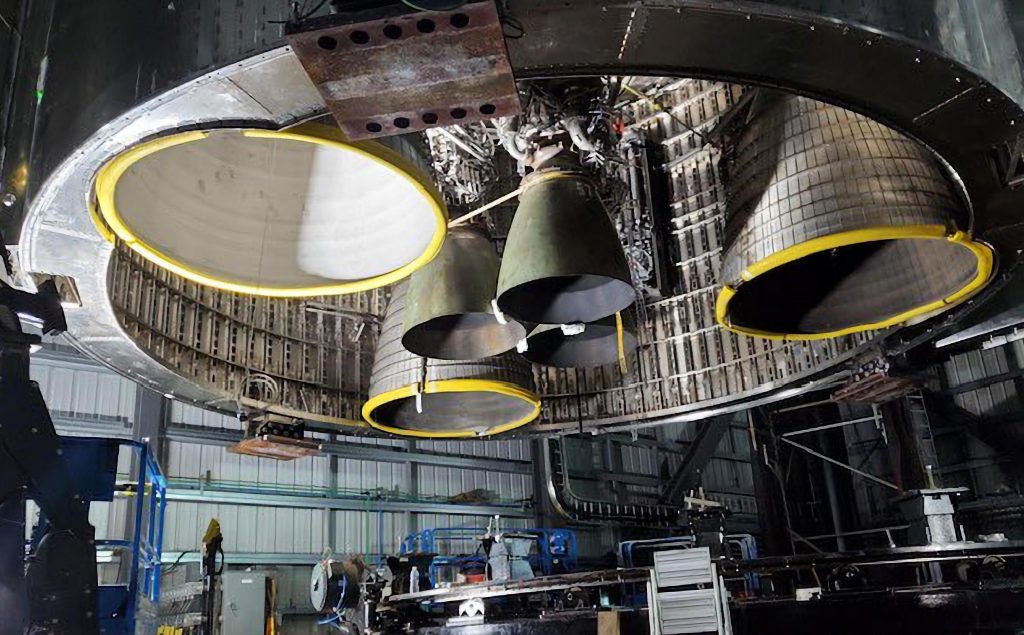
According to Musk, the main differences between Raptor 1 and Raptor 2 are “much cleaner” plumbing and wire harnesses and a wider combustion chamber throat, which allows the engine to produce more thrust in roughly the same package at the cost of a slight efficiency loss. Over the last two years, the CEO has mentioned the possibility of a power-optimized Raptor variant with up to 300 tons of thrust but in recent months, Musk says SpaceX has decided to keep the Raptor family as streamlined as possible and opted for just two variants – one with a sea-level nozzle (Raptor Center and Boost) and one with a larger vacuum-optimized nozzle (RVac).

Elon Musk
Elon Musk shares SpaceX’s directive that destroys a prevalent media narrative
Musk’s comments followed Starlink’s initiatives for people affected by severe flooding in Indonesia and Cyclone Ditwah in Sri Lanka.
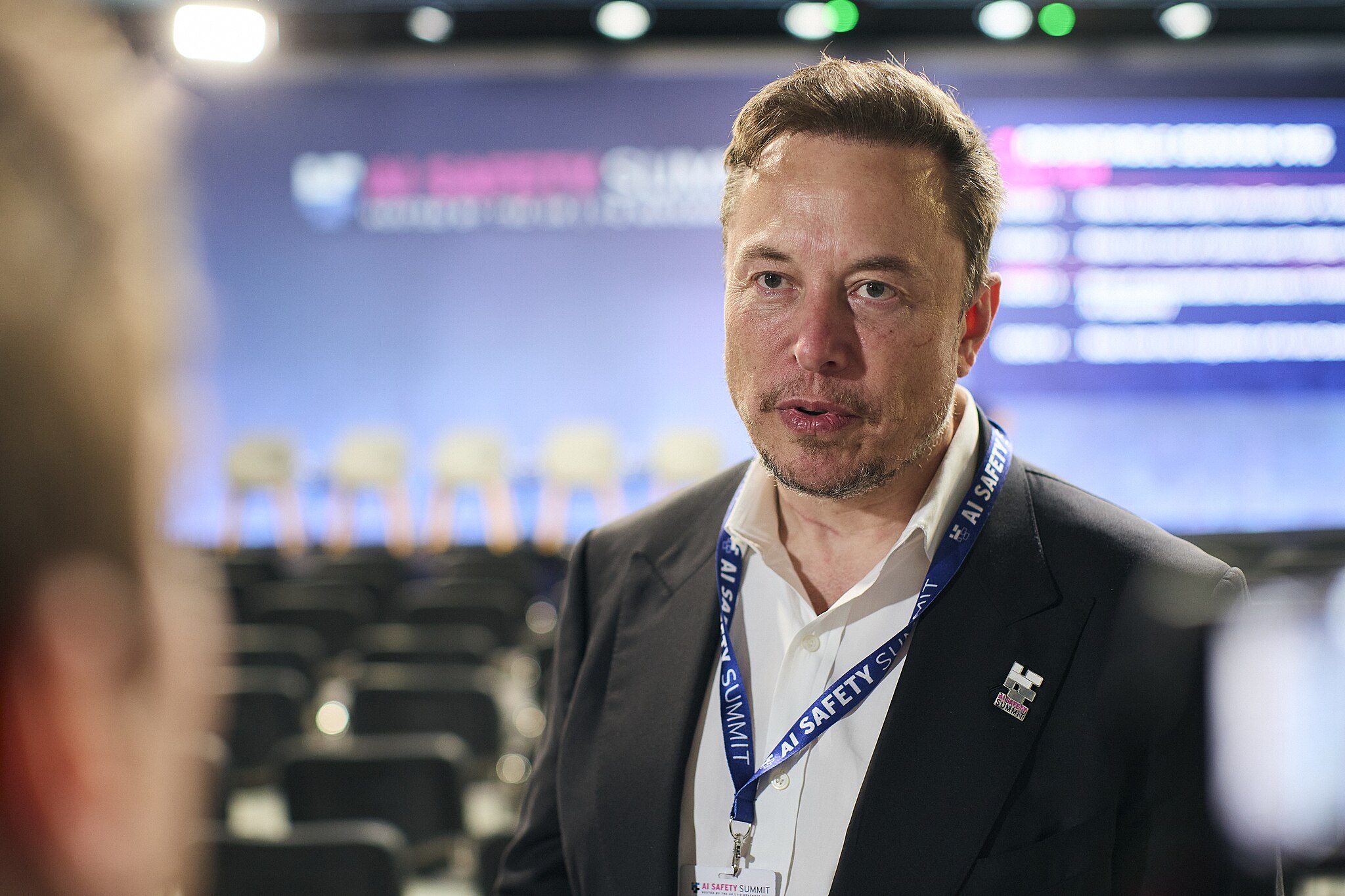
Elon Musk recently shared SpaceX’s standing policy to offer free Starlink service during natural disasters worldwide, highlighting the company’s commitment to pursue aid over profit during times of need.
Musk’s comments followed Starlink’s initiatives for people affected by severe flooding in Indonesia and Cyclone Ditwah in Sri Lanka.
Starlink activates free service in Indonesia and Sri Lanka
Starlink recently announced free service for those impacted by severe flooding in Indonesia’s Sumatra region, partnering with the government to deploy terminals rapidly to the hardest-hit areas. The offer extends to new and existing customers through December, restoring connectivity in zones where traditional networks have failed due to infrastructure damage.
Musk quoted the post on X, writing, “SpaceX standard policy is to make Starlink free whenever there is a natural disaster somewhere in the world. It would not be right to profit from misfortune.”
Starlink extended the same relief to Sri Lanka amid Cyclone Ditwah, coordinating with local authorities for additional support. The cyclone battered the island nation with heavy rains and winds, disrupting communications for thousands. Free access also lasts until year-end, emphasizing Starlink’s role in bridging gaps during crises.
“For those affected by the severe flooding in Indonesia and Sri Lanka in the aftermath of Cyclone Ditwah, Starlink is providing free service to new and existing customers through the end of December 2025. We’re also working with the Indonesian government to rapidly deploy terminals and restore connectivity to the hardest-hit areas on Sumatra, as well as with the Sri Lankan government to provide additional assistance,” Starlink wrote in a post on its official website.
Musk’s companies routinely provide aid
Musk’s firms have a track record of providing critical support in crises, often without fanfare, challenging portrayals of him as a comic book villain intent on enriching himself on the backs of a suffering populace. In January 2024 alone, Tesla opened Superchargers for free in Japan’s Hokuriku region after a magnitude 7.6 earthquake killed at least 55 and injured hundreds.
Similar efforts include Starlink deployments for the 2023 Maui wildfires, 2024 Hurricane Helene in North Carolina, and floods in Texas, where the service was used to help facilitate emergency coordination. These actions, which total millions in waived fees and logistics, demonstrate a proactive ethos among Musk’s companies, with Musk noting in past interviews that such aid stems from engineering solutions over optics.
The initiatives also provide a direct rebuttal of Musk’s characterization on mainstream media, which tends to lean negatively. This has become much more notable in recent years as Musk adopted more conservative policies. These negative sentiments came to a head earlier this year when Tesla stores, vehicles, and even some owners, were attacked during waves of anti-Tesla protests.
News
Tesla Cybertruck welcomed with open arms in South Korea
The event featured interactive demos, a light show with the full Tesla lineup, and announcements including FSD Supervised’s planned rollout to Cybertruck by the end of 2025.
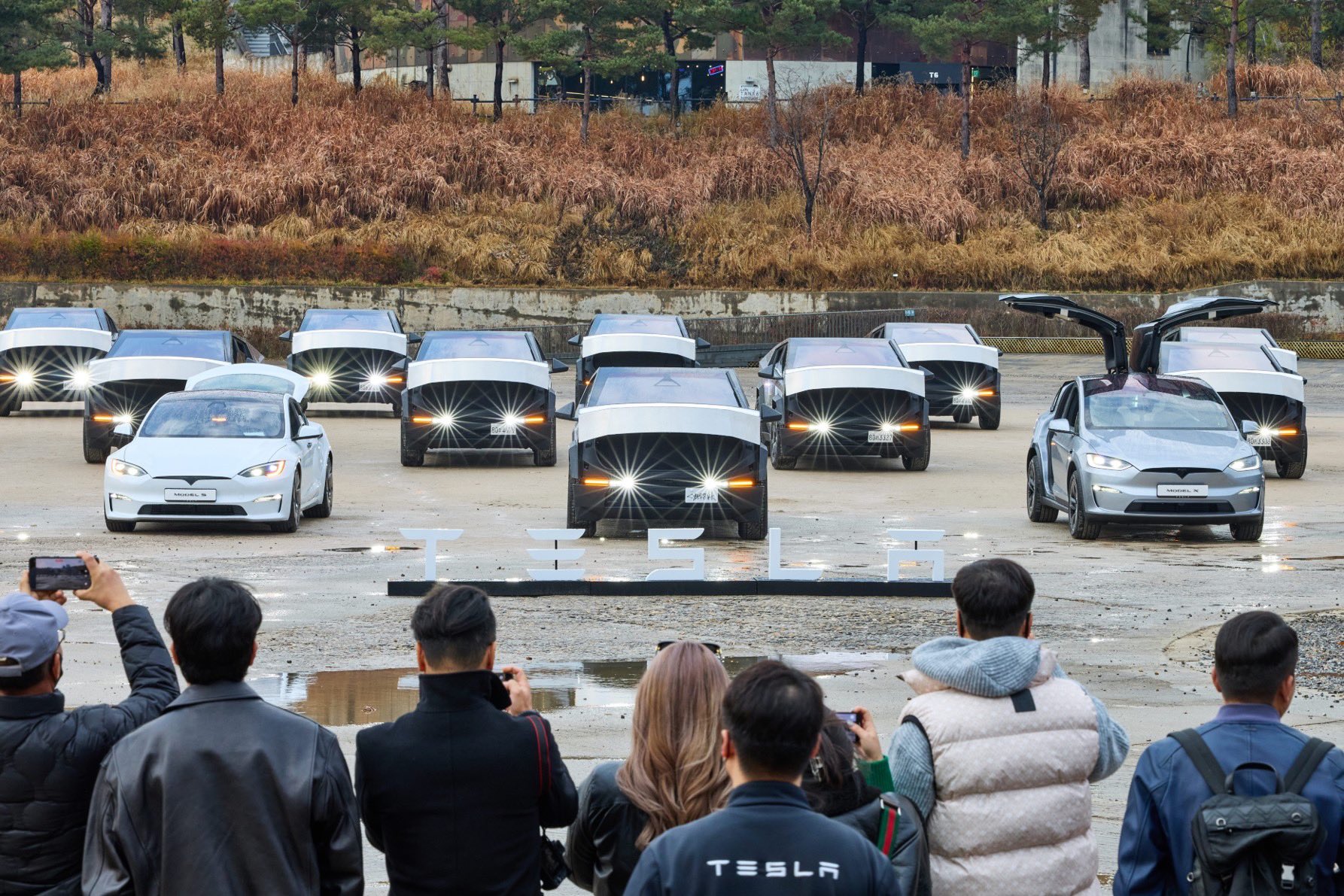
Tesla Korea handed over its first 30 Cybertrucks to owners on Thursday during a ceremonial event at the Cultural Reserve Base in Seoul, marking the all-electric pickup truck’s official debut outside North America.
The event featured interactive demos, a light show with the full Tesla lineup, and announcements including FSD Supervised’s planned rollout to Cybertruck by the end of 2025.
A historic delivery event
The November 27 event transformed a former oil reserve warehouse into a symbolic launchpad for electric mobility. Attended by 30 new owners, the event included hands-on activities such as hammer-strike durability tests, accessory sales, a lucky draw, and group photos. It culminated in a synchronized light show featuring the 30 Cybertrucks alongside Model S, Model 3, Model X, and Model Y vehicles, which drew cheers from attendees.
Yvonne Chan, Tesla APAC Regional Director, joined as a special guest to celebrate the delivery milestone. Tesla Korea President Seo Young-deuk was also in attendance, and shared his optimism for the company’s momentum in the country.
“Korea is currently the third-largest market for Tesla sales worldwide, and this year, for the first time, it has achieved the No. 1 spot in imported car brand sales volume, Tesla Korea is growing at an incredibly rapid pace,” he said. “To repay this love from our customers, Tesla plans to continue investing in the Korean market and enhancing the customer experience.”
FSD Supervised launches in Korea
Seo announced the official introduction of Full Self-Driving (Supervised) in Korea, with Cybertrucks slated for inclusion by the end of 2025, which promoted applause from the event’s attendees. With even the Cybertruck expected to receive FSD this year, Tesla Korea’s fleet could very well become the country’s most advanced vehicles overnight.
Infrastructure growth remains a priority to support Tesla Korea’s expanding fleet. Tesla Korea’s Supercharger network currently includes 166 sites with 1,133 stalls, with V4 units planned for nationwide highway rest areas to boost long-distance travel. The company also operates seven stores and 15 service centers, though plans are underway to double both by 2027. A new store in Incheon’s Songdo district is scheduled to open by December 2025, enhancing accessibility for western Seoul-area customers.
Seo concluded, “Through all-encompassing investments spanning products, charging infrastructure, and service networks, Tesla Korea will deliver the most refined electric vehicle experience to Korean customers.”
News
Tesla China delivery centers packed as Q4 2025 enters its final month
Fresh photos from delivery centers in the country show rows upon rows of Model Ys and Model 3s.
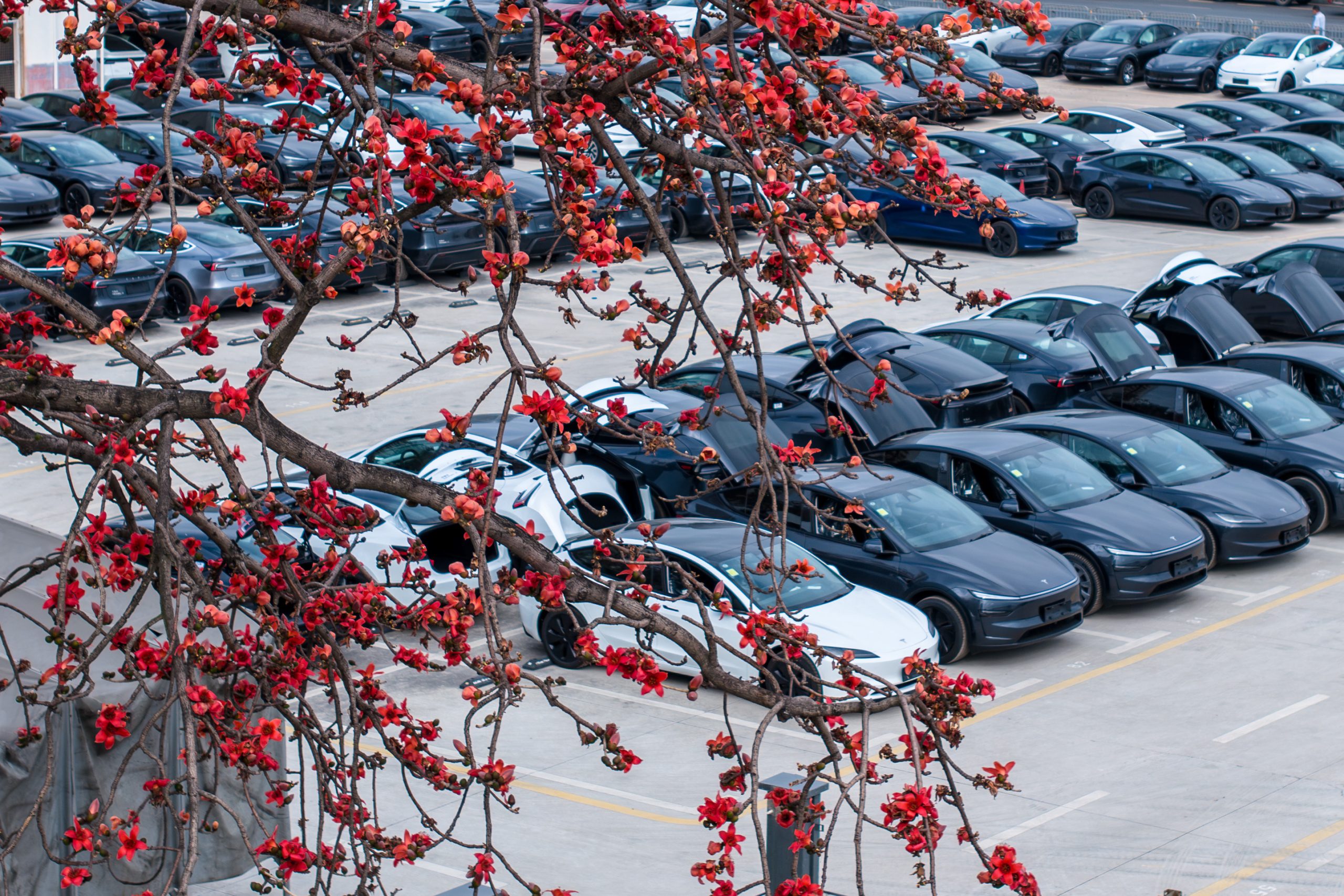
Tesla’s delivery centers in China are filled with vehicles as the company ramps up for its final push in Q4 2025. Fresh photos from delivery centers in the country show rows upon rows of Model Ys and Model 3s, signaling strong end-of-quarter momentum.
A delivery push for Q4 2025
A recent aerial shot from a Tesla delivery center in China captures the company’s efforts to deliver as many vehicles as possible as the year comes to a close. As could be seen in the image, which was posted by on X by Tesla enthusiast Nic Cruz Patane, the facility was filled with numerous Model Y and Model 3 units, each vehicle seemingly ready to be handed over to customers.
Echoing the scene, another post, reportedly from two weeks prior, showed a similar scene in a Shanghai location, which was packed with Model Y units. X user Roberto Nores shared the photo, noting that the image also shows multiple Model Y Ls, a six-seat extended wheelbase version of the popular all-electric crossover.
Towards a strong Q4 finish
China remains Tesla’s volume powerhouse, accounting for a good portion of the company’s global deliveries in recent quarters. That being said, reports did emerge in early November stating that the company only reached 26,006 retail sales during October, as noted in a CNEV Post report. The reasons for this remain to be seen, though a focus on exports could have been a contributing factor.
Tesla China does seem to be hinting at some momentum this November. Just recently, Tesla watchers observed that the order page for the Model Y in China shows a message informing customers that those who wish to guarantee delivery by the end of the year should purchase an inventory unit. This was despite the Model Y RWD and Model Y L showing an estimated delivery timeline of 4-8 weeks, and the Model Y Long Range RWD and Model Y Long Range AWD showing 4-13 weeks.








